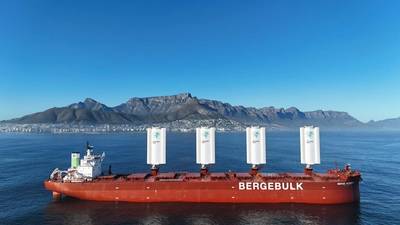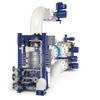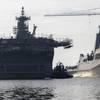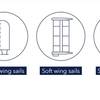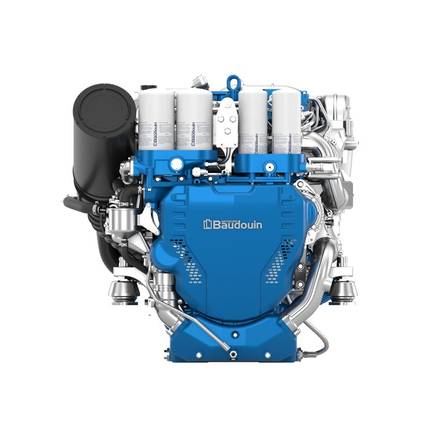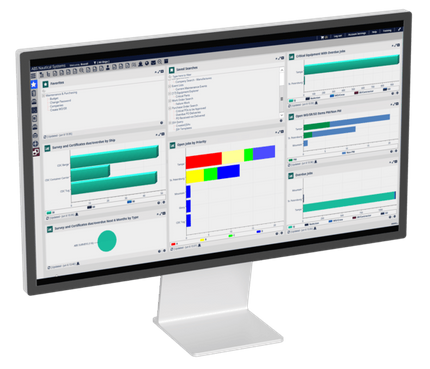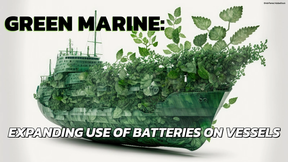Wind Propulsion Could Avert Premature Scrapping Crisis
A new report from the UCL Energy Institute has highlighted the looming risk of maritime asset stranding, stating that a rapid energy transition could “lead to ‘premature scrapping’ of over a third of the fleet, valued at over $400 billion, unless they undergo costly retrofits to remain competitive in the wake of new GHG policies and wider energy transition.”
The report reveals that existing vessels and newbuilds on order will produce double the emissions permissible under a 1.5°C-aligned carbon budget, precipitating a slew of supply-side obsolescence and demand-side oversupply risks.
However, wind propulsion provides an alternative pathway, delivering immediate efficiency gains that align with carbon intensity indicator (CII) benchmarks, says BAR Technologies.
This comes amid mounting evidence that progress towards the IMO’s GHG reduction targets is intensely inadequate and doubts continue to linger around the price and availability of lower-carbon fuels. BAR Technologies urges shipping to recognize wind’s immense untapped potential as a self-sufficient, zero-emission and readily available energy source.
Current Alphaliner data shows that among the top 100 largest container lines in operation, 76 lines operate fewer than 50 vessels, and 28 of those operate just 10 ships or fewer. Considering the further dilutive effect of a multi-fuel future for maritime, there is now a significant risk that operators are placing too much hope on biofuels and other lower-carbon grades alone.
Wind Assisted Propulsion System (WAPS) technologies offer a unique hedge against energy market volatility and other supply chain risks. Unlike manufactured fuels, wind is infinitely abundant, harvested on board, free at the point of use, and not subjected to the same technological, economic, and market-based disruptions.
Also, the misconception that wind propulsion is complex to operate and unreliable ignores a wealth of data that shows otherwise. Averaged over time, many of the most popular voyage routes demonstrate predictable and consistent wind availability in hindcast. Wind can deliver immediate and sustained reductions in fuel dependency regardless of the accompanying bunker fuel type.
“We’re at a pivotal moment,” said John Cooper, CEO at BAR Technologies. “The shipping industry must now take wind propulsion seriously as a keystone resource and engage more deliberately to debunk concerns around operational complexity and reliability. As a natural resource, the amount of wind available for harvesting on each voyage will fluctuate, but the data is very clear: when averaged out over time, wind represents a steady, reliable, and highly abundant resource which can be effectively ‘bunkered’ along many trade routes.”
Also, last week, at the RINA conference, the wind sessions identified new techniques for maximizing wind bunkering yields by applying course and speed corrections. Cooper added: “The digital technology exists to support officers and crew to apply effective harvesting techniques and operate WAPS safely and with ease. By leveraging decades of meteorological data and modern routing technology and with our WindWings, we are confident that shipping can achieve a self-sourced fuel advantage that other industries simply cannot replicate.”



